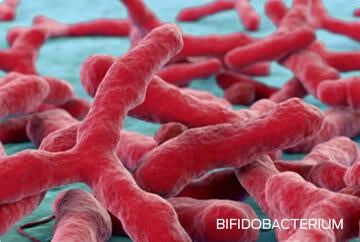Raw Meat Structure and Feeding Behavior of Domestic Cats: How Important is Texture in Determining Long-Term Intake?

David G. Thomas, PhD
Massey University School of Agriculture and Environment, Palmerston North, New Zealand
Overview
The domestic cat has retained a daily pattern of food intake similar to its wild ancestors, eating up to 16 small meals per day when fed ad libitum. This presentation describes results from studies on the effect of food texture on feeding behavior and food intake in cats. While the physical structure of the food had a significant effect on feeding behavior, it had less effect on the amount of food the cats ingested.
Key points
- A brain stem central pattern generator generates the rhythm of mastication, but this is modulated by the properties of food, including the size, hardness and texture.
- Food intake can be influenced by the microstructure of feeding: time that food is in the mouth, bite size, number of chews and rate of eating.
- Research in humans suggests foods that are consumed quickly and easily can cause limited perceived satiation and satiety, which in turn can increase food intake.
- In human studies, increasing the number of chews, reducing bite size and reducing eating rate resulted in a reduced ad libitum food intake and improved satiety responses.
- Three studies, in a group of 8 cats, evaluated the impact of meat strips vs. puree on feeding behavior, including preference, bites and duration of feeding. Note: meat strips and puree were supplementary to regular diets. Compared to the meat strips, the purée was:
- Consumed with more bites
- Remained in the mouth for a longer period
- This implied that bite sizes were smaller
- Despite a similar feeding microstructure (more chews, smaller bites, slower eating) when cats consumed puree, no reduction in ad libitum food intake was noted compared to the meat strips.
Clinical relevance
The physical structure of the food has a marked effect on the feeding behavior (number of bites, bite size, oral processing time and number of meals) in cats, but less effect on the amount of food ingested. Using structure and texture may be a useful, low-impact mechanism to tailor diets to alleviate obesity issues in pets or cater to geriatric pets where a decline in nutrient absorptive capacity has been reported.


